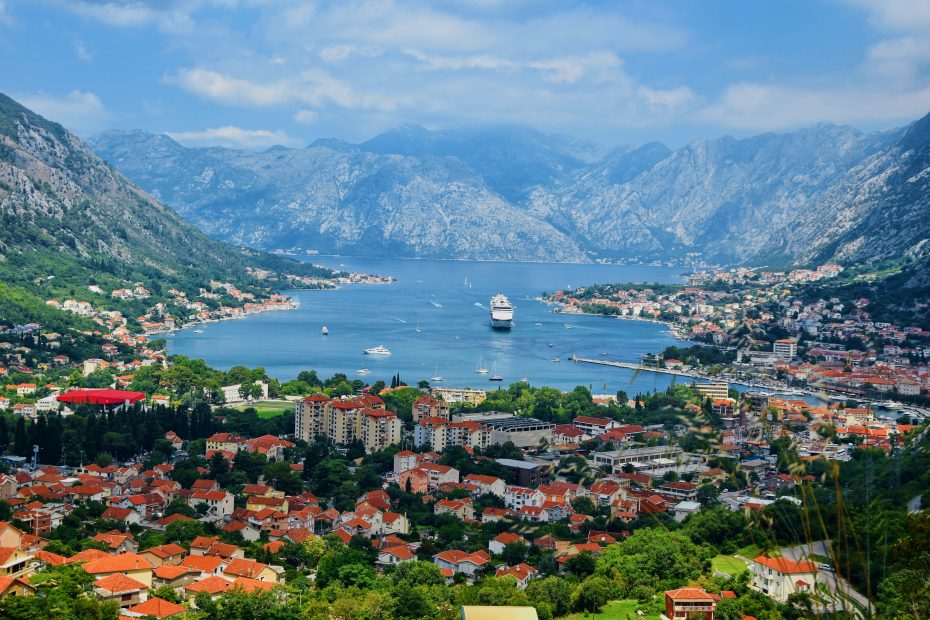Table of Contents
Introduction
Nestled along the Adriatic Sea, Montenegro has a long and storied history reflected in its diverse architecture. A crossroads of cultures and empires, the small Balkan country displays influences from medieval to modern times. From walled old towns to contemporary waterfronts, Montenegro’s buildings offer architectural intrigue.
Medieval Marvels
Many of Montenegro’s most impressive structures date to medieval times when the region was part of the Venetian Empire. Old Towns like Kotor and Budva are mazes of narrow alleys surrounded by fortified walls and dotted with churches and plazas. The UNESCO World Heritage site of Kotor contains Cathedral of St. Tryphon highlighting Romanesque architecture.
Fortresses and castles built by the Venetians still stand along the coast and on mountain tops, exhibiting a mix of Gothic, Renaissance, and Venetian styles. The castle of King Nikola in Podgorica blends Venetian Gothic with Ottoman elements. Romanesque-Byzantine churches and monasteries like Ostrog Monastery carved into a cliffside reveal Montenegro’s medieval Christian heritage.
Ottoman Influences
Centuries of Ottoman rule left their imprint on Montenegro’s architecture. Squat minarets and domed mosques in places like Ulcinj and Plav reveal an Oriental influence. The 16th century Gazi Hassan Pasha Mosque in Bar mixes Ottoman and Venetian design with elaborate stone carvings. Buildings even in Venetian towns like Kotor took on a more Eastern flair under Ottoman occupation.
Austro-Hungarian Impact
When Montenegro fell under the Austro-Hungarian Empire in the 19th century, new architectural styles emerged. Elegant neoclassical buildings and administrative structures in the capital Podgorica date to this period. The Austro-Hungarians also constructed roads, railways, and infrastructure that transformed Montenegro.
Modern and Contemporary
Socialist Yugoslavia left its mark through brutalist hotels and civic centers built in the 1960s and 70s. These raw concrete structures contrast with Montenegro’s older architecture. In recent decades, contemporary styles have arrived mostly along the coast. Sleek waterfront developments have emerged offering luxury accommodations and dining.
Coastal Charms
Beyond the big towns, Montenegro’s coastline dazzles with quaint seaside architecture. Picturesque villages like Perast and Prčanj feature baroque stone houses and churches framed by mountains. Venetian-style harbors bustle with sailboats and yachts. The island town of Sveti Stefan is an iconic luxury resort of terracotta roofs and cobbled lanes.
Conclusion
With rugged mountains as a backdrop, Montenegro’s architecture is a tapestry of styles woven over centuries. Medieval fortresses, Ottoman mosques, Venetian harbors, and contemporary resorts intermix in fascinating ways unique to this Balkan nation. The diversity of Montenegro’s buildings matches the diversity of its history and culture.
FAQ
What is Montenegro’s architectural style?
Montenegro has a diverse architectural style drawing influences from the Venetians, Ottomans, Austro-Hungarians, socialists, and modern developers. This blend of medieval, renaissance, baroque, oriental, neoclassical, brutalist, and contemporary elements makes Montenegro architecturally unique.
What are the top examples of medieval architecture in Montenegro?
Some top examples of medieval architecture include the walled Old Towns of Kotor and Budva, coastal fortresses and castles, churches and monasteries like Ostrog Monastery, and the Cathedral of St. Tryphon in Kotor. These display a mix of Romanesque, Gothic, Renaissance, and Venetian elements.
Where can you see Ottoman influences on Montenegro’s architecture?
Ottoman influences on Montenegro’s architecture can be seen in mosques and their minarets found along the coast and inland in places like Ulcinj, Plav, and Bar. The style of buildings in Venetian towns like Kotor also shifted to incorporate more Eastern elements during Ottoman rule.
What buildings reflect Austria-Hungary’s impact on Montenegro?
Montenegro’s neoclassical administrative buildings, infrastructure upgrades like roads and railways, and civic architecture in Podgorica date to the time of Austro-Hungarian rule in the 19th century. This marks a sharp shift from medieval Venetian and Ottoman styles.
How has architecture changed along Montenegro’s coast in recent decades?
Recent decades have seen contemporary styles introduced to Montenegro’s coast through luxurious waterfront hotel resorts, sleek condos and apartments, and upscale dining and marina facilities catering to tourists and yacht owners. This modern coastal architecture contrasts with the area’s older medieval towns.
